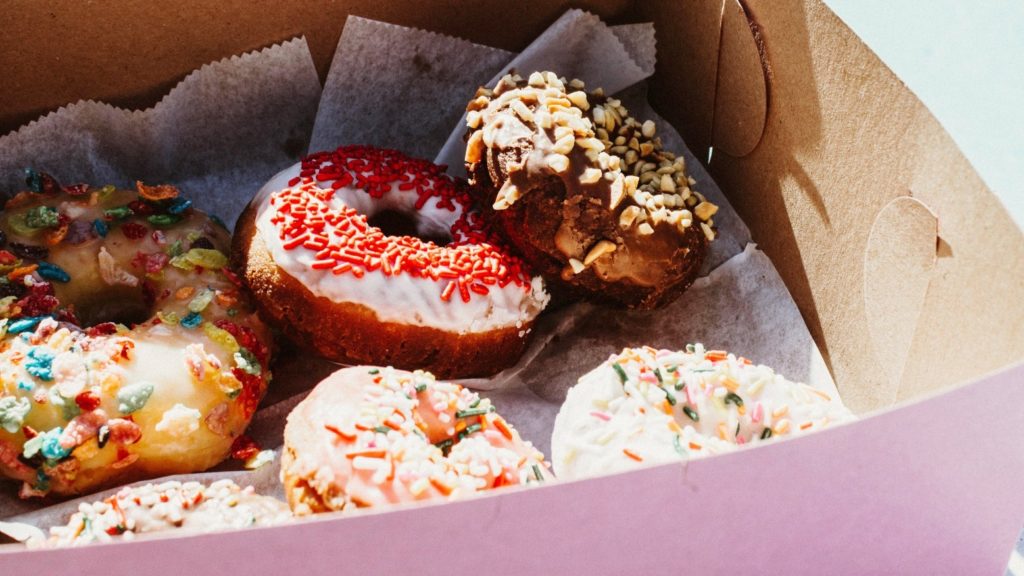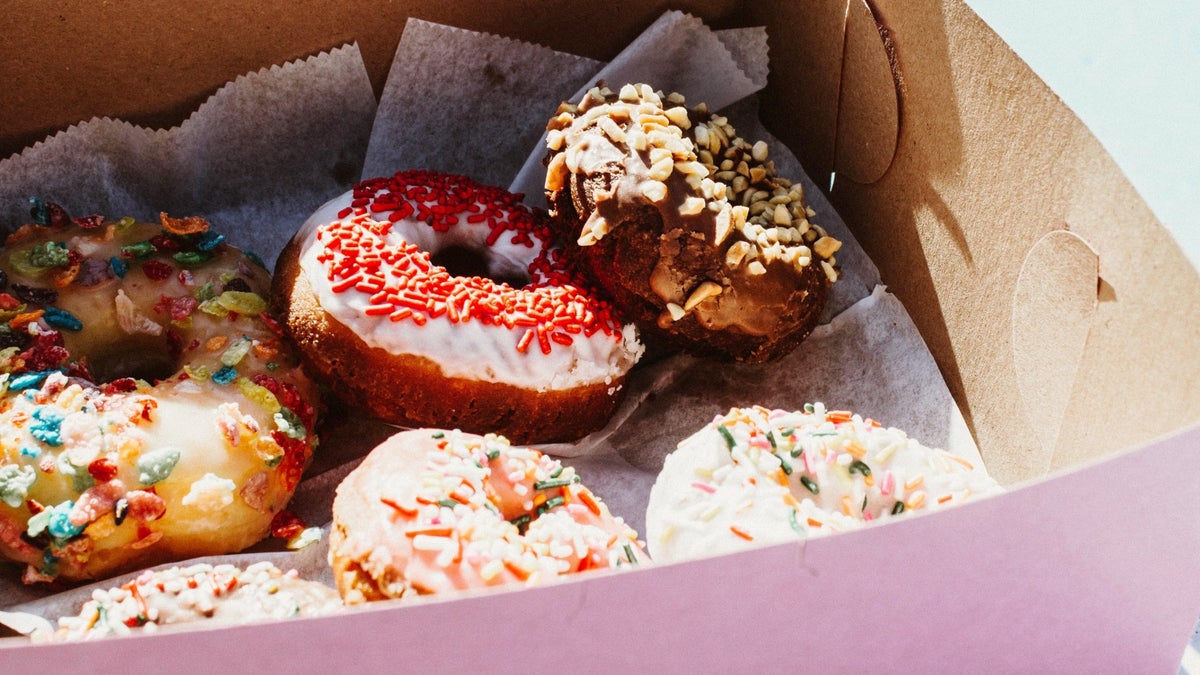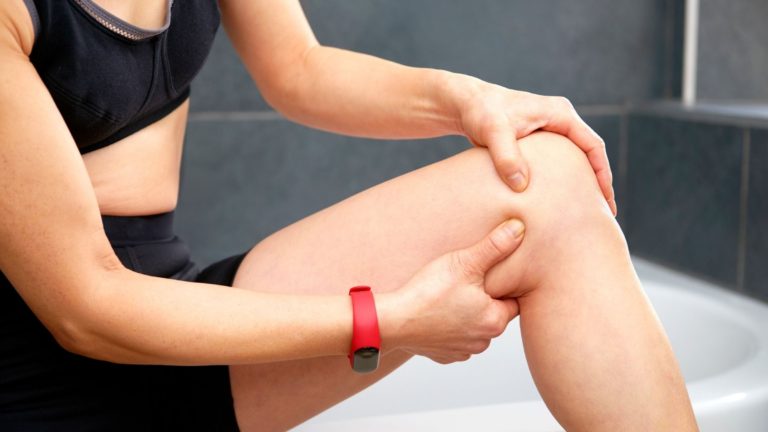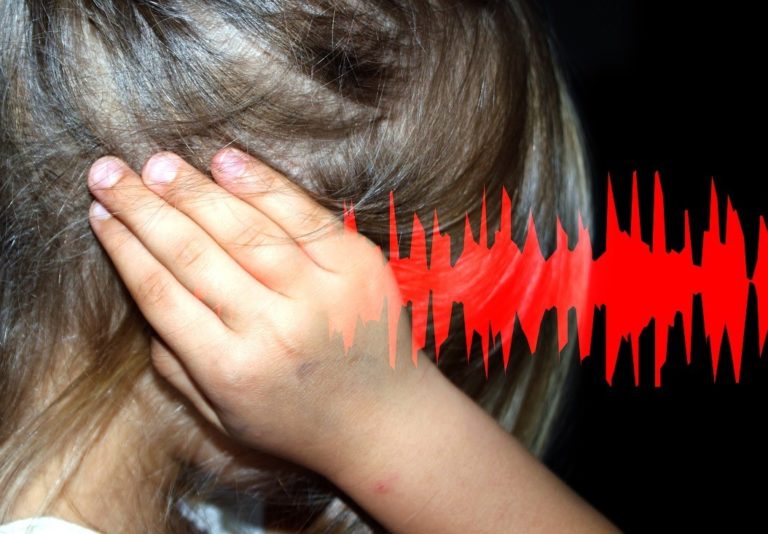
Why You’re (Probably) Overdue for a Sugar Detox

Get access to everything we publish when you
sign up for Outside+.
January may have come and gone, but it’s still that time of year — time for resolutions, new goals and focusing on habits that contribute to a healthier lifestyle.
Until someone brings leftover cookies or cake to the office or you stumble upon your favorite sweet treats at the grocery store.
If you find yourself sitting next to an empty plate of crumbs wondering what happened to all your New Year’s willpower, you’re not alone. Increased sugar consumption over the holidays intensifies cravings of this highly addictive substance, making it that much harder to go cold turkey come January.
When struggling to cut out the sweets, willpower might not be enough, and in that case, a sugar detox might be the only way to get back on track.
Is a Sugar Detox Necessary?
In the fitness world, the word “detox’’ is loaded with negative connotations, thanks to its association with restrictive diets and dangerous weight-loss remedies. Thankfully, a sugar detox is neither restrictive nor dangerous, and you probably need one more than you might think. As Dr. Amy Shay, double board-certified M.D. and nutrition expert, points out, even many “healthy” food staples are full of sugar. “A green juice can have more sugar than a candy bar,” she explains. “And muffins are basically cupcakes without the frosting.”
Sugar not only is added to about 77 percent of all packaged foods, but it’s also abundant in natural food sources like fruits and grains. This means that regardless of the time of year or the quality of your diet, you’re probably already consuming more sugar than you need.
So why bother with a sugar detox? Because sugar is not an essential nutrient, and in excess, it does you and your fitness more harm than good. Here are a few simple tips to help you successfully detox from sugar and get back on track.
1. Swap Sugar for Fiber
The first step in any sugar detox is to eliminate as many forms of sugar from your diet as possible, including artificial sweeteners. As discussed in “5 Ways to Reduce Your Added Sugar Intake,” some sugar substitutes can negatively affect your gut microbiome and may even contribute to weight gain and cardiovascular disease. Get rid of all foods that contain sugar as an ingredient, which will include most prepackaged foods and snacks. You can’t eat what’s not right in front of you.
By that same token, you can’t make healthier choices if healthier options aren’t available. Foods that are high in fiber help slow the absorption of sugar in the blood stream, increase insulin sensitivity and help you feel full, all of which will help reduce cravings during your sugar detox. Stock up on low-sugar, high-fiber foods such as leafy greens, cruciferous vegetables, whole grains and legumes. Snack on cut vegetables with hummus or a handful of raw almonds, and replace breads and pastas at meals with brown rice, whole oats and beans.
2. Eat Earlier
Even though you commit to eating healthy each morning, those aforementioned cookie binges rarely happen during the day. For most of us, uncontrollable snacking is a strictly late-night issue, and there’s a good reason for that. According to Shay, we consume about 30 percent of our day’s calories after 8 p.m. This late-eating schedule goes against our natural circadian rhythms and can lead to higher blood sugar spikes, making already difficult sugar cravings even worse.
Late-night snacking is the result of not enough calories during the day. This is why one of Shay’s best tips to eliminate sugar is also one of the simplest: Eat dinner early, then stop eating. “The earlier you can eat all your calories, the better you’ll feel,” she explains. This means eating a very light dinner early in the evening or, ideally, merging lunch and dinner for a late-afternoon “linner.”
Eating earlier in the day not only will help with energy dips during your sugar detox, but forgoing those evening snacks also will help your body better prepare for sleep. Shay believes most of us could benefit from longer fasting intervals of 12 to 16 hours between the last meal of the day and the first meal of the next. This schedule is closer to our natural circadian rhythms, leading to more stabile blood sugar levels and curbing sugar cravings more quickly.
3. Get Moving, Sunshine!
Speaking of circadian rhythms, the best way to start your day while on a sugar detox is with movement and, if possible, a little dose of sunshine. “Moving your body before you get any food is an excellent way to take down your fasting blood sugar and insulin levels,” Shay says. She recommends doing a fasted workout first thing in the morning, especially if it’s nature-based. This is because exposure to sunlight helps with sugar cravings.
Go for a run or even a brisk walk first thing in the morning, preferably when the sun is out. This not only will help with insulin sensitivity, but the movement and sunshine also will
have positive effects on your mood and stress levels, making it much easier to tolerate those crucial first few days of a sugar detox. Once you establish these few healthy habits, you’ll be amazed by how quickly the cravings disappear, leaving you free to pursue better health and fitness without relying on sugar.
Published at Wed, 09 Feb 2022 13:42:07 -0800






